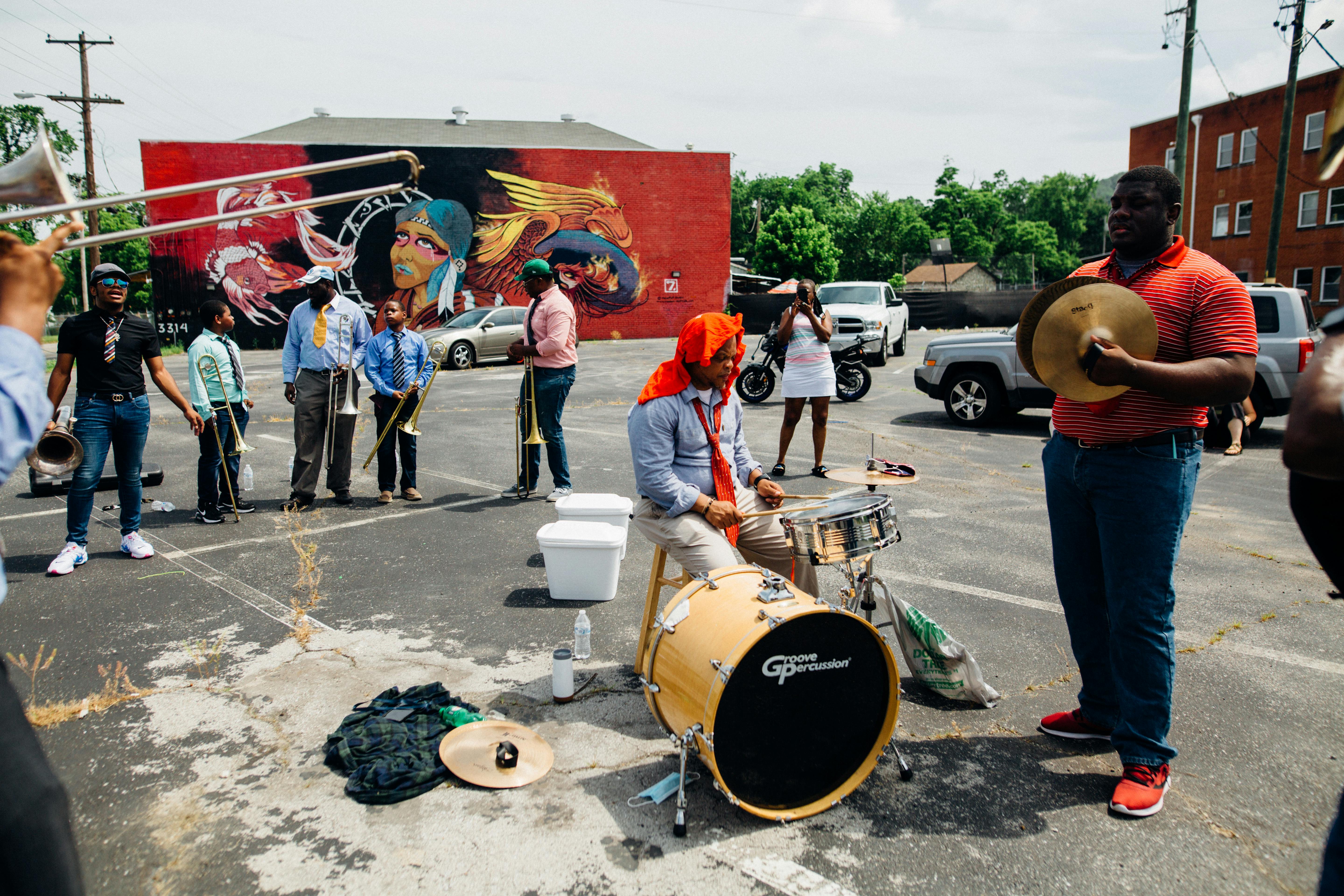
Jan Van Eyck – Patron of the Northern Renaissance
Johannes de Eyck or Jan van Eyck was one of the most revered Northern European painters of the 15th century. Of Flemish origin, he founded the ‘Northern Renaissance’ painting styles, where meticulous attention to detail was given paramount importance. Jan was born in the year 1385, into a family of painters in Maaseik, Limburg, Belgium. However, the authenticity of his birth date is not established. He was famous for popularizing oil painting and inventing new techniques through it.
Jan van Eyck trained under the direction of Hubert van Eyck, his older brother, the painter. He taught the artist to paint and to experiment with the colors of Pliny. After his brother’s tutelage, Jan van Eyck collaborated with him on his work, and both were later commissioned as court painters to Philippe de Charolais. In 1421 Jan left his brother’s guidance and became court painter to John of Bavaria, The Hague. After John’s death, in 1425, Jan van Eyck was commissioned to work as court painter to the Valois prince, Duke Philippe the Good of Burgundy. He remained in Lille, in northern France, until 1426, finally settling for life in Bruges, Belgium. Eyck remained faithful to the Prince and was in charge of many secret missions. His artwork was considered exceptional and earned generous rewards.
One of Jan van Eyck’s world-renowned masterpieces was “The Ghent Altarpiece”, painted in 1432. This is a polyptych panel painting, which was kept in Saint Bavo’s Cathedral, Ghent, Belgium. This huge altarpiece paved the way for a new style of painting, which imagined and portrayed traditional ideas with a different temperament. Joost Vijdt commissioned and sponsored this magnificent work, which consists of twenty-four scenes representing Christ the King, the Virgin Mary, John the Baptist, Adam and Eve. Many art historians speculate that Hubert van Eyck initially started this painting in 1426 and was later completed by Jan van Eyck.
The artist created “The Arnolfini Portrait” (London, National Gallery), in 1434, which became the subject of much analysis and examination by art historians. The painting, which celebrates the meaning of true marriage, is a double portrait of Giovanni di Nicolao Arnolfini and his wife. Each subject in the painting has a distinct meaning, such as the dog symbolizing loyalty, the cherry tree outside the window exemplifying love, and the wife’s green outfit representing her anticipation of becoming a mother to her. Another crowning achievement of Jan van Eyck was “The Annunciation” (1434-1436) which demonstrates his deeply spiritual nature. The painting illustrates the conversation of the Virgin Mary with the angel Gabriel, who is shown stating that Mary will give birth to the son of God. The room light coming from the upper window enhances the presence of divine elements. The Virgin Mary is depicted in a deeply meditative mood, resulting from the realization that she would have to endure the pain of her son’s crucifixion. Other notable paintings by Jan van Eyck include “Madonna in the Church” (1430), “Portrait of a Man” (1433), “Saint Jerome” (1440), and “The Adoration of the Lamb” (1432).
Jan van Eyck died on July 9, 1441 in Bruges. He was a master of realism and continued to be an inspiration to the art community with his scrupulous attention to detail. His work is exhibited in famous art galleries, such as the National Gallery of Art in London and the National Gallery of Art in New York. He once famously quoted: “Painting is a form of deep creative liberation”, outlining his passion, called art.